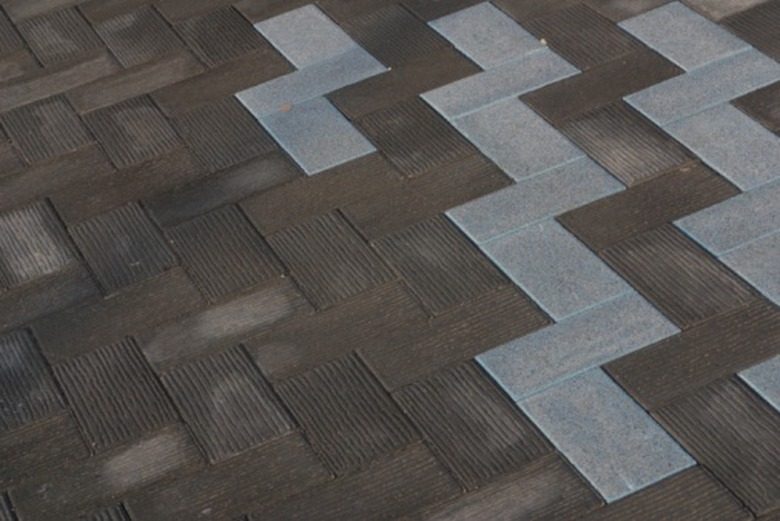How To Install Hardiebacker Board
Things Needed
-
Straightedge
-
Carbide-tipped scoring knife
-
¼-inch HardieBacker cement board (square footage to cover floor)
-
1¼-inch backerboard screws (enough to place every eight inches)
-
¼-inch notched trowel
-
Acrylic or latex thinset
-
Drill with screwdriver bit
-
2-inch-wide cement backerboard tape
-
Eye protection
-
Leather work gloves
If you're preparing to do a ceramic floor or wall installation, it's recommended that you install HardieBacker cement board on your subfloor or wall before you begin to lay the tile. HardieBacker is available in both 1/4-inch and .42-inch-thick "HardieBacker 500" versions and is designed to add mold and moisture resistance to tile installations. Installing HardieBacker cement board isn't too difficult, and will ensure your tiling project lasts for the life of your home.
Preparation
Step 1
Measure the floor and dry lay the HardieBacker before determining any cuts that need to be made. Make sure none of the board edges end on a subfloor seam, and allow a 1/8-inch gap between all HardieBacker cement boards as well as the walls and cabinets.
Step 2
Mark any cuts that need to be made, using a straightedge to ensure uniform cutting lines.
Step 3
Cut the HardieBacker cement boards by scoring along a straightedge with a carbide-tipped scoring knife and then snapping the board along the line.
Floor Installation
Step 1
Apply a layer of thinset where the first HardieBacker cement board will be installed, using a ¼-inch notched trowel (the same size trowel you will use for the tile installation).
Step 2
Lay the first panel of HardieBacker onto the thinset, pressing evenly.
Step 3
Screw the HardieBacker into the floor, using 1¼-inch backerboard screws and using one screw every 8 inches. Offset the interior screws so they are staggered with the outer screws, and make sure no screws are closer than two inches from the edge. (Three-by-five HardieBacker sheets have dots to indicate where the screws should be set).
Step 4
Repeat the process until the entire floor is covered by HardieBacker cement board and ready to tile.
Step 5
Apply a layer of thinset onto any seams in the area you will be working in prior to laying tile and press a strip of 2-inch cement backerboard tape firmly over the seam. Continue this procedure as you work across the room.
Tip
For wall application, use HardieBacker 500 and 1 1/2-inch backerboard screws.
